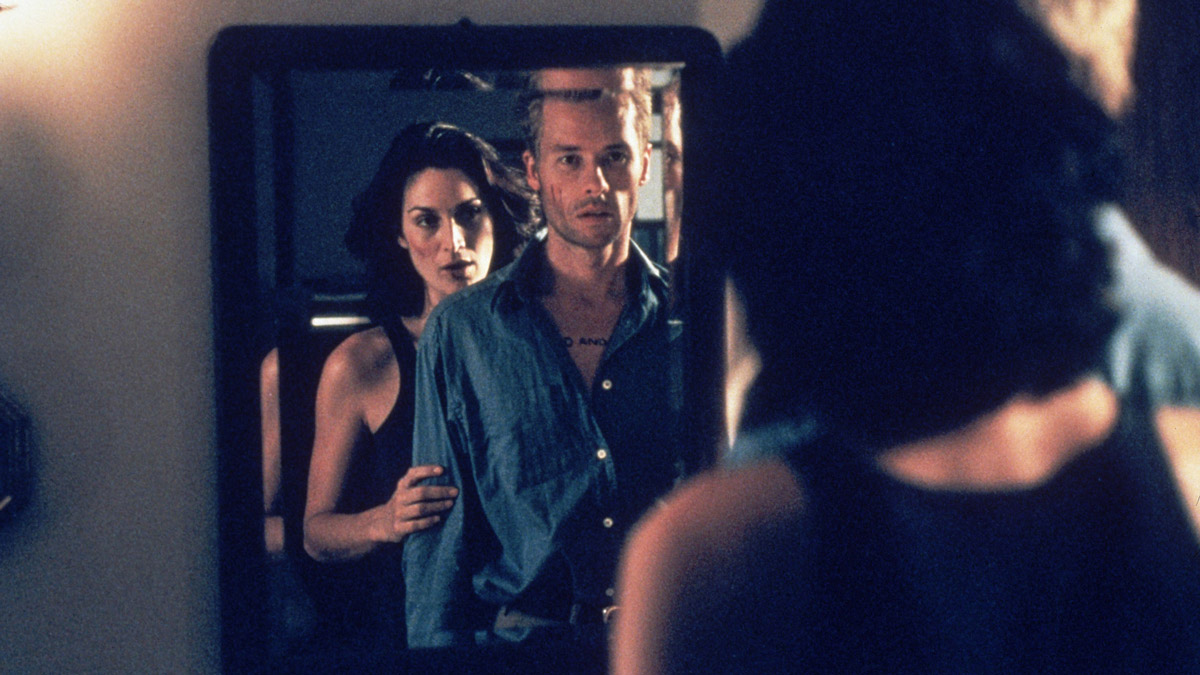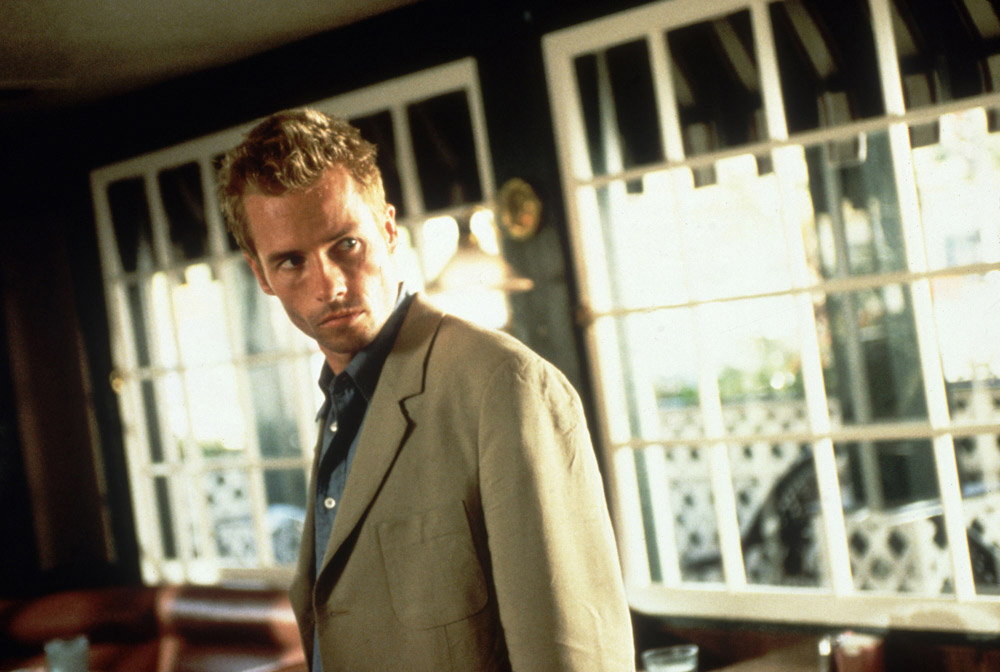
(c) Photofest / Getty Images
"Memento" Nolan's masterpiece reverse movie that overturns the standard detective/revenge drama *Note! Contains spoilers.
2019.11.03
Reason for creating a structure that goes against time
The main story of "Memento" consists of a color part that goes back in time from the beginning where Leonard shoots a man with glasses, Teddy (Joe Pantoliano), and a black and white part where Leonard is talking to someone over the phone in a motel room. It is roughly divided into parts (which progress over time). The color part is divided into short plots (sequences) of about 3 to 5 minutes, and the monochrome part is divided into short plots of 1 to 2 minutes, and each plot is shown alternately.
The written explanation may sound complicated, but researcher Steve Aprahamian created the ``chronological sequence of events (story order)'' and ``movie progression (plot order).'' If you look at the correlation diagram, you can clearly see that it is structured in an extremely orderly manner.
https://en.wikipedia.org/wiki/File:Memento_Timeline.png
So why did director Nolan choose this structure? Those who watched the film would have intuitively understood the color part that goes against time. This is a genius device that lets the audience experience a simulated experience of Leonard's consciousness, where each new memory lasts only 10 minutes.
Leonard forgets all the new knowledge and experiences he has gained from seeing and hearing after 10 minutes. In order to make the audience experience a state in which they do not even know the past, even a short while ago, the story is structured in such a way that the present is depicted, then the past is revealed, and then the past is revealed.

"Memento" (c) Photofest / Getty Images
The black-and-white part is briefly inserted into the color plot, and plays the role of Leonard's monologue explaining his past and symptoms. Leonard used to be an investigator for an insurance company, working with a client named Sammy Jankiss. The audience can indirectly learn about Leonard's current mental state through what he says about Sammy's anterograde amnesia.
The color part, which runs backwards from the opening sequence of faded Polaroid photographs, and the black and white part, which begins two days earlier, connect at the end of the film. In the final black and white plot, as the photograph of a man named Jimmy gradually becomes clearer, the background changes from black and white to color, before moving on to the final color plot. Just like the opening, the visual device that effectively uses the changing colors of Polaroid photos is truly vivid.
Additionally, DVDs and Blu-rays offer a special feature that allows you to watch the plot rearranged in chronological order (in the case of DVDs, there is a menu called ``Reverse Sequence Playback''). If you watch the reverse sequence playback after watching the main story, you will be able to appreciate the intricate composition even more.

